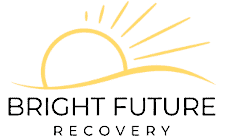
Bright Future Recovery serves Northern California, Central California, Southern California and the U.S. with evidence-based, whole person and affordable addiction rehab services associated with alcohol and drug abuse. We are happy to share valuable addiction recovery information.
Detox | Residential Rehab | Relapse Prevention
Confidential Consultations and Insurance Verification
Questions about Drug and Alcohol Abuse and Recovery?
Call Bright Future Recovery at (831) 245-1623 for a Confidential Consultation. We Can Help.
Medications Used For Alcohol Detox
Dangerous and painful withdrawal symptoms during alcohol detox can be avoided with residential medical detox at Bright Future Recovery.
Medications can help individuals defeat the physical confinement of substance dependency fostered as a result of their addiction.
Just as important is incorporating medications in addiction treatment – addiction recovery therapy is also critical in addressing emotions and working through the underlying causes of addiction.
Read below for a comprehensive understanding of the medications used to help individuals recovering from drug and alcohol addiction and what to expect during the processes of alcohol detox and opioid detox.
Phenobarbital (Barbiturate)
Phenobarbital is a barbiturate – a type of sedative usually used to treat seizure disorders or to alleviate anxiety. Phenobarbital has the potential to last between 50 and 300 hours within the body, which allows it to reduce the risk of seizures for a substantial period of time. While sedation from Phenobarbital usually lasts about four to ten hours, other effects of the drug can persist for longer.
People recovering from alcohol addiction who are at risk for seizures during the first stages of detox and withdrawal can incorporate Phenobarbital in their detox to help. Past research in the Industrial Psychology Journal notes that Phenobarbital is potentially more effective than benzodiazepines at deterring seizures.
Diazepam (Valium)
Diazepam is the generic name for Valium, a part of a group of medications called benzodiazepines. Diazepam is effective at alleviating alcohol detox symptoms because of its ability to decrease anxiety, nausea, headaches, panic attacks, insomnia, and high blood pressure. Diazepam is also effective at preventing convulsions, seizures, and tremors that typically occur during the alcohol withdrawal process.
Chlordiazepoxide (Librium)
Like Diazepam, Chlordiazepoxide is a member of the benzodiazepine family. It can also help reduce symptoms of anxiety, headaches, seizures, and convulsions typically experienced during the process of detoxing from alcohol.
This medication usually comes in 5, 10, 20, 25 mg doses. The primary dose of Chlordiazepoxide during alcohol withdrawal is typically 25-100 mg depending on the specifics of the patient. Patients usually take doses 2-4 times a day or each hour if necessary. A doctor can increase dosage up to 300 mg per day and then gradually taper it down as time goes on. Chlordiazepoxide has a long half-life, which is why it is effective at managing alcohol withdrawal symptoms.
Lorazepam (Ativan)
Lorazepam, otherwise known by its brand name Ativan, is also a benzodiazepine. Just like Valium and Chlordiazepoxide, this medication can alleviate side effects of alcohol withdrawal such as seizures, anxiety, panic attacks, vomiting, and more.
Lorazepam tablets come in dosages of 0.5, 1, or 2 mg. The starting dose, when used in alcohol withdrawal, is typically 2-10 mg. However, patients usually take doses throughout the day. Some individuals take one dose in the morning and another before they go to bed. There is no generic dosage of this medication for the purposes of alcohol detoxing. A doctor will determine the appropriate dosage in accordance with your circumstances. Most individuals do not have to take Ativan for longer than a couple of days, up to a week, when being treated for alcohol withdrawal.v
Blood Pressure Medication (Clonidine)
Clonidine is a type of blood pressure medication used to treat hazardous blood pressure levels. Since instances of high blood pressure are common during alcohol detox, this medicine is particularly effective at helping to decrease heart rate and soothe the body’s blood vessels. Clonidine is also effective at treating withdrawal symptoms of tachycardia and hypertension.
Anti-Psychotic Drugs
If a patient experiences hallucinations during detox, antipsychotic drugs may be used to alleviate hallucinations and protect patients’ safety.
What To Expect From Alcohol Detox
Alcohol withdrawal can be divided into three phases:
1. Typically occurring 8 hours after the final drink, patients tend to experience anxiety, nausea, stomach pain, and insomnia
2. 23-72 hours after the final drink, patients may have increased body temperature, high heart rate and blood pressure, and disorientation.
3. After 72 hours or more following the final drink, patients may have a fever and experience hallucinations or seizures.
All detox symptoms usually reduce in severity within 5 – 7 days, depending on the circumstances of the individual.
Medications Used for Opioid and Heroin Detox
Hydroxyzine
Hydroxyzine is a medication found to be effective and safe for patients to use when they are detoxing from opioids. Doctors closely monitor patients when they are taking this medication in order to evaluate for abuse or the return of withdrawal symptoms. When used in the treatment of opioid withdrawal, doctors usually start with 50 to 100 mg of hydroxyzine. Patients typically take the dose four times a day for five days total, but the exact dosages can vary. The drug is either tapered down or stopped completely after five days depending on the specifics of the situation.
Methadone
Methadone is an effective medication to lessen the physical side effects and cravings during opioid or heroin withdrawal until a patient’s system is free from the drug. Doses typically start around 10-20 mg and are increased until the withdrawal symptoms are managed. When the symptoms are under control, the dose is gradually reduced and eventually stopped completely.
Buprenorphine
Buprenorphine is a medication targeting the same areas in the brain that opioids do without giving users the same euphoric feelings, thereby helping to reduce the physical discomfort of opioid withdrawal without stimulating cravings.
Naltrexone
Naltrexone is a long-acting medication administered in the aftermath of acute detox from opioids. Once the drug is out of the patient’s system completely, a doctor can prescribe Naltrexone to be taken once a month. It works by blocking the effects of opioids in a patient altogether. This medication can help decrease the onset of cravings weeks after a patient takes it.
Subutex
Subutex helps reduce the effects of opioid withdrawal without causing users to become euphoric or disoriented. It has been proven to reduce withdrawal symptoms and cravings for both heroin and prescription painkillers.
Ambien
Ambien is a sedative used to help individuals sleep. It can assist those who experience difficulties sleeping during the withdrawal process for heroin or pharmaceutical opioids.
Melatonin
Melatonin supplements are recommended for people who experience issues with sleep cycles and insomnia during opioid withdrawal. These supplements come in chewable tablets, liquids, and capsule form.
Valerian Root
Patients with sleep issues such as insomnia can utilize Valerian Root as a natural treatment. It can reduce fatigue, stress, and depression in those going through opioid detox.
What To Expect From Opioid/Heroin Detox
Acute opioid detox varies based on the type of opioid. If detoxing from short-acting opiates, individuals will begin to experience symptoms within 6-12 hours after their last dose. For long-lasting opioids, individuals will usually see symptoms emerge within 30 hours of their final dose. After 72 hours, individuals will reach the peak of the withdrawal symptoms, regardless of the type of opioid.
Opiate withdrawal symptoms can range from minor to extreme levels based on the dependence of an individual. Withdrawal symptoms may include fever, depression, stomach pain, diarrhea, muscle discomfort, headaches, anxiety, opioid cravings, excessive sweating, high body temperature, or problems falling or staying asleep.
Using Medication In Detox
Continuous usage or abuse of a substance can alter the way an individual’s brain chemistry works, but luckily these changes can reverse over the course of time. Detox in conjunction with therapy, education, and support groups can give individuals struggling with addiction the tools required to break the chains of addiction and remain sober.
If you or a loved one is needs help, please contact Bright Future Recovery in Northern California.
Call Bright Future Recovery Now
Confidential Consultations and Insurance Verification
Detox | Residential Rehab | Relapse Prevention
We accept most insurance – Free Insurance Benefits Check.








